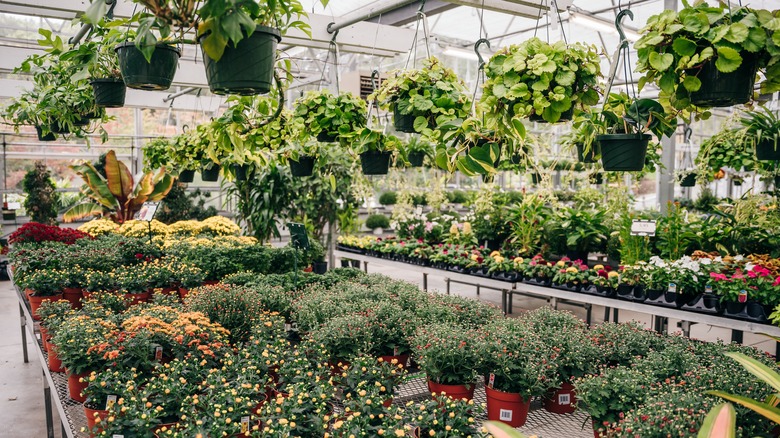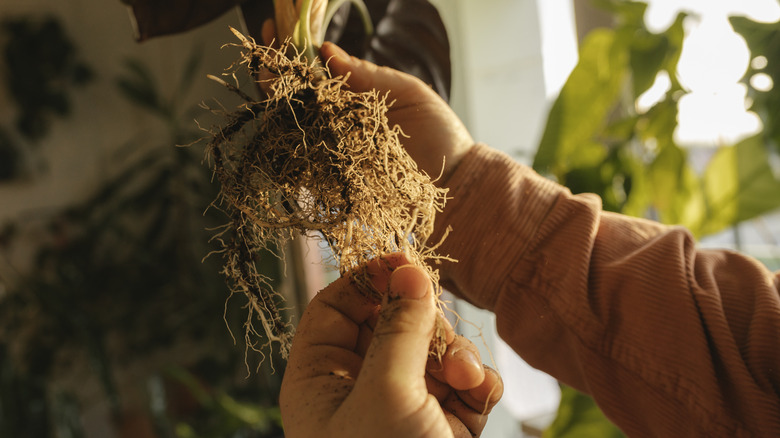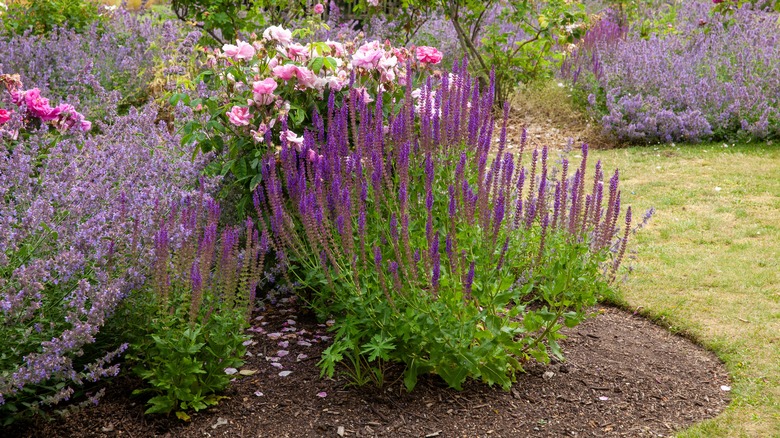Tips For Buying The Best Perennial Flowers At End Of Season Clearance Sales
It's always a sad sight to watch the oceans of plants for sale dwindle down to a few handfuls of unpurchased perennial flowers in the corner of the gardening section each year. At the turn of the season, perennials begin to enter into states of dormancy to conserve energy and survive the winter cold. Most perennial flowers begin to droop or wilt when the weather starts to cool down significantly, meaning that they may look less appealing on store shelves. However, even though they may appear dead, some plants may still be worth purchasing on clearance. To find perennial plants that are perfect for your garden at end-of-season clearance sales, look for ones that are free of pests and that have some healthy foliage and roots. You may also want to look out for hardy options like baptisias, echinaceas, coreopsis', chrysanthemums, and salvias.
A great opportunity for experienced gardeners to get ahead on next year's garden is to check out these sales as the summer draws to an end. These sales are common at big box stores and nurseries alike as inventory shifts and sellers need to offload their remaining flowers. Instead of spending your hard-earned cash on full-priced perennials at the start of every growing season, try shopping from the clearance section to save cash and add more interest to your garden.
What to look for in clearance perennial flowers
Shopping for perennials on clearance is a little different than your typical spring shopping. Instead of going in with a list of flowers to buy and a corresponding place to plant them in mind, you'll be choosing from what's available. This means that your options are limited, and it's important to make sure you're only picking up flowers that have the potential to be saved. Besides ensuring the type of flower is hardy, there are a few other things you can look for to make sure your purchases will survive.
Most importantly, check for pests. Neglected plants are pest magnets and are susceptible to infestations of insects including spider mites, aphids, mealybugs, or thrips. If you see signs of pests, don't bring the flowers home. Another thing to watch out for is foliage that's entirely dead or green leaves that are dry and crispy. If at least 25% of the plant's foliage is green and healthy, it has a decent chance of survival, so focus on flowers that have some healthy leaves.
The roots of perennials tell the story of their health. Some flowers with tightly bound roots can be revived, but if there is no give to the root ball, it's not likely to survive. If you can pull the plant from the pot, look for signs of root rot like dark, squishy roots or a rotten smell. If there are signs of rot, skip it.
How to rescue clearance flowers
If you choose a hardy perennial that looks pretty healthy, it should be relatively easy to save. Once you've brought your purchases home, remove them from their nursery pots and assess the situation. If all seems well, you can water them and set them in a shady spot. After a few hours, remove any remaining droopy leaves or spent blooms to encourage new growth.
If the roots are a bit tight, gently loosen them and trim off any dead or decaying roots before planting the flower in nutrient-rich soil. Chances are they've been without fertilizer as long as they've been at the store, so give them some nutrients to help them recover without overloading them. Keep an eye on your plants to make sure they perk up a few hours after they receive water. If they don't, the soil may be hydrophobic and the flower will need to sit in pot-depth water until the soil has been thoroughly saturated.
Whether you're planting your perennials into outdoor pots or straight into the ground, be sure to do so at least six weeks before the first frost, and be careful not to overwater. If your perennials don't make it into the ground in time, you may be able to overwinter them in a well-lit shed or garage after a gentle pruning and with intermittent watering.


